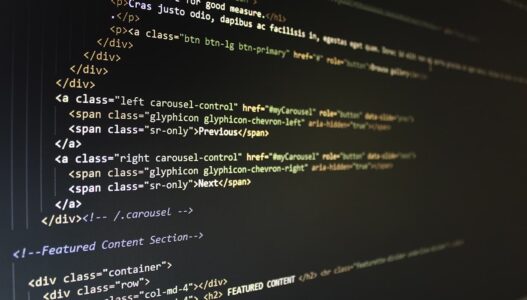The language behind every major technology used in the industry, C++ retains its predominance even in blockchain technology. Bitcoin, the first blockchain implementation, was originally written in this ultra-precise and powerful language.
C++ is the preferred blockchain programming language for certain reasons, such as its primitive memory control, advanced multithreading capabilities, relocation semantics, and basic object-oriented features such as runtime polymorphism and function overloading. The object-oriented feature of this blockchain coding language offers developers the ability to link data and methods designed to manipulate it together, just as the blockchain links blocks to cryptographic chains.
C++ continues to be one of the most well-known programming languages in the tech world and also dominates the blockchain business.
The object-oriented language is ideal for enhancing blockchain because it uses the same standards as blockchain, such as instantiation, negotiation, polymorphism, and hiding information to avoid accidental changes to information.
Engineers also appreciate C++ for its ability to manage memory. The language helps ensure the security of squares and handle the huge number of resource requirements by allowing each system hub to validate or reject individual squares.
C++ is additionally widely used by blockchain projects because of the way it handles parallel operations and binding. The language is designed to execute both parallel and non-parallel assignments, despite the improvement of single-line execution.
EOS is a great example of a blockchain program working with C++.
The open source programming was implemented by Square in 2018 and is designed to process exchanges faster than choice by limiting the product to only 21 square creation centers. This allows the product to confirm an exchange in less than a second and execute it in as little as two minutes.

